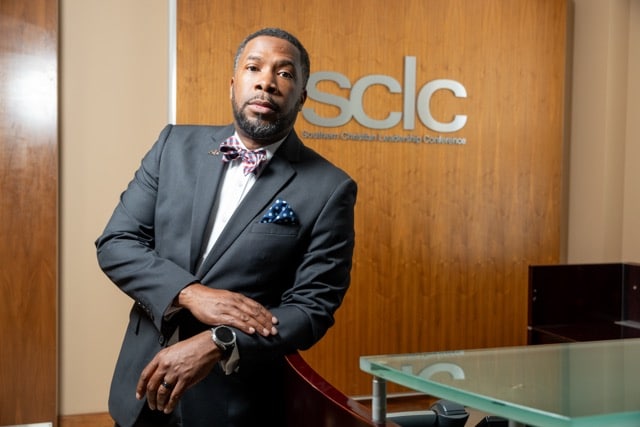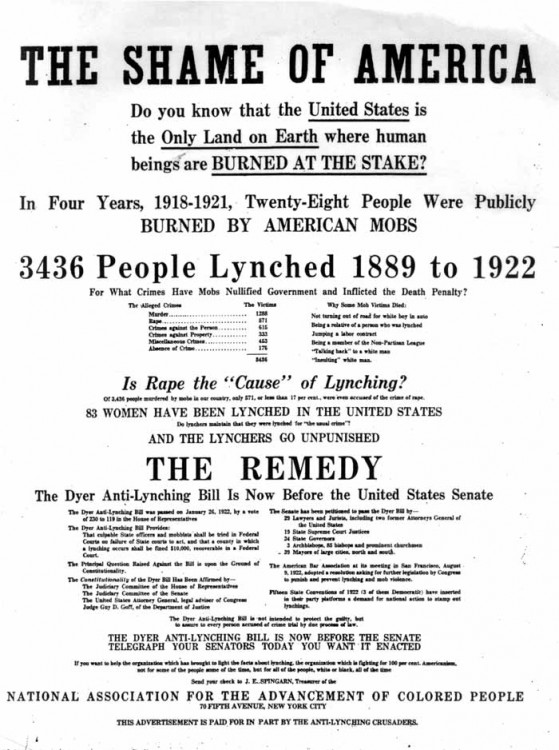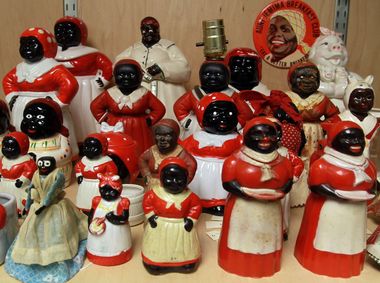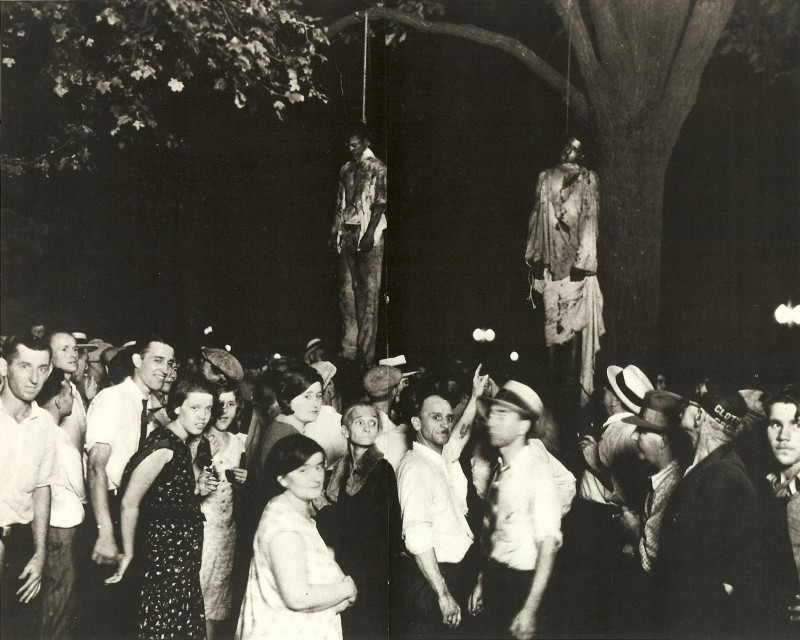SCLC is Reviving Dr. King’s Movement for Today’s America
Share
Explore Our Galleries
Breaking News!
Today's news and culture by Black and other reporters in the Black and mainstream media.
Ways to Support ABHM?
by James S. Bridgeforth, Ph.D., The Black Wall Street Times

We are standing on the fault line of American history—one foot rooted in the unfinished dream of the civil rights movement, the other toeing the edge of a nation flirting with regression. The question isn’t whether we will survive this era. The question is whether we will surrender to it.
In a recent conversation with DeMark Liggins, the newly appointed president of the Southern Christian Leadership Conference (SCLC), I encountered something rare in today’s pundit-saturated discourse: moral clarity fused with strategic precision. Liggins isn’t merely reviving the movement Dr. King once led—he’s redesigning it for a new generation, with the conviction that resistance alone will not save us.
“We’re not going to outrage and impulse our way out of systemic oppression,” Liggins told The Black Wall Street Times. “The people trying to dismantle civil rights have been planning this for years. They’re systemic, and we have to be just as systemic in our response.”
This is not a civil rights moment that will be won with hashtags or hope alone. It will be won–or lost–in the trenches of strategy, organization, and unrelenting resolve.
A New Civil Rights Movement—Built for the Long Haul
The civil rights movement of the 20th century gave us federal protections, landmark legislation, and cultural breakthroughs. But the 21st century is testing whether those gains can be quietly undone—by executive orders, court rulings, and legislative backdoors.
We are witnessing a coordinated regression: books banned, DEI offices shuttered, affirmative action reversed, and “woke” weaponized into a cultural slur. The question is no longer whether progress can be undone—it’s how much we’re willing to let be erased before we rebuild.
And that’s precisely why the SCLC under Liggins matters now more than ever.
[…]
This isn’t your grandfather’s movement. This is Civil Rights 2.0—decentralized, data-driven, and determined to make rights permanent, not provisional.
Read about the SCLC’s past and future plans.
Learn about the original struggle for justice.









Comments Are Welcome
Note: We moderate submissions in order to create a space for meaningful dialogue, a space where museum visitors – adults and youth –– can exchange informed, thoughtful, and relevant comments that add value to our exhibits.
Racial slurs, personal attacks, obscenity, profanity, and SHOUTING do not meet the above standard. Such comments are posted in the exhibit Hateful Speech. Commercial promotions, impersonations, and incoherent comments likewise fail to meet our goals, so will not be posted. Submissions longer than 120 words will be shortened.
See our full Comments Policy here.